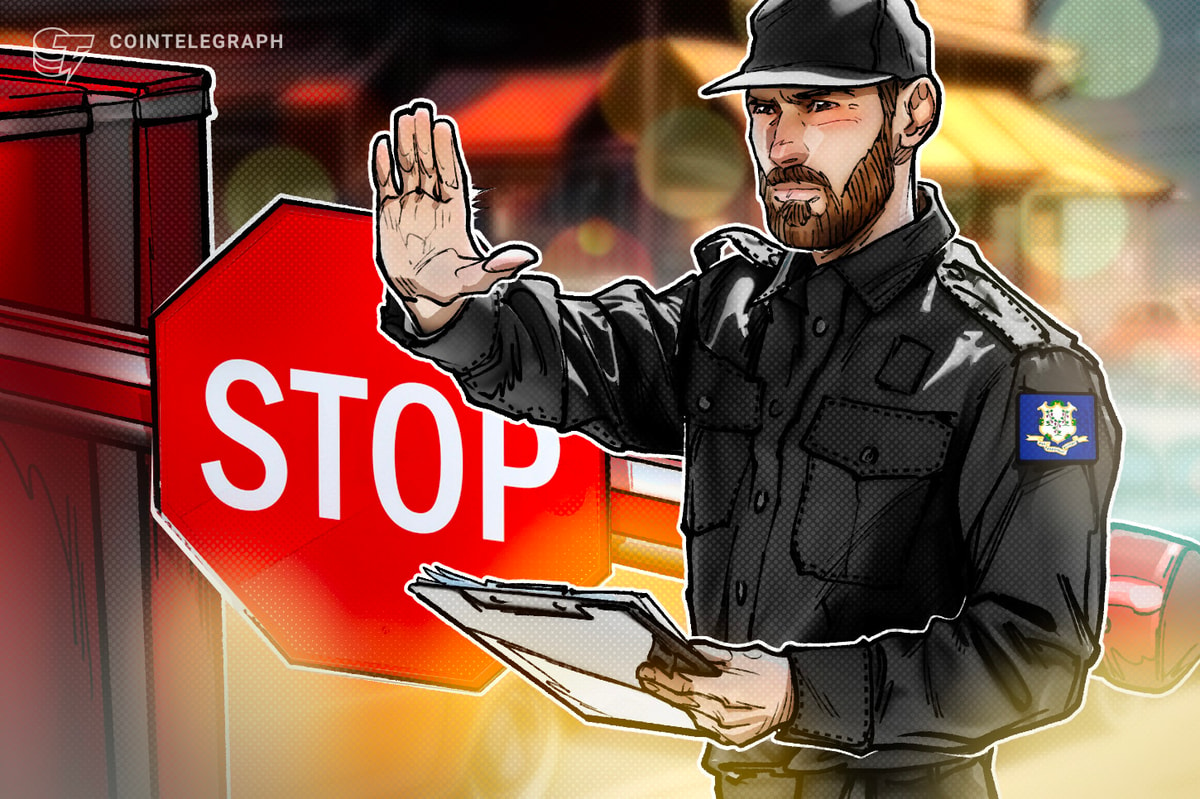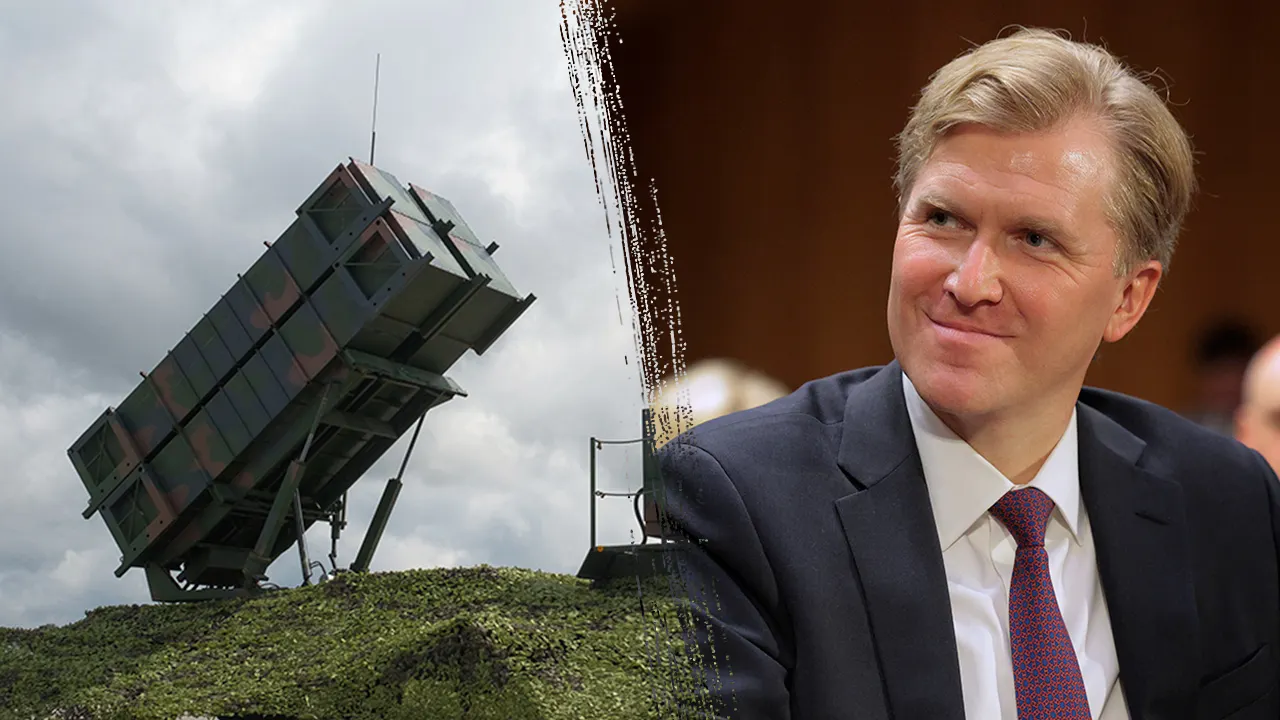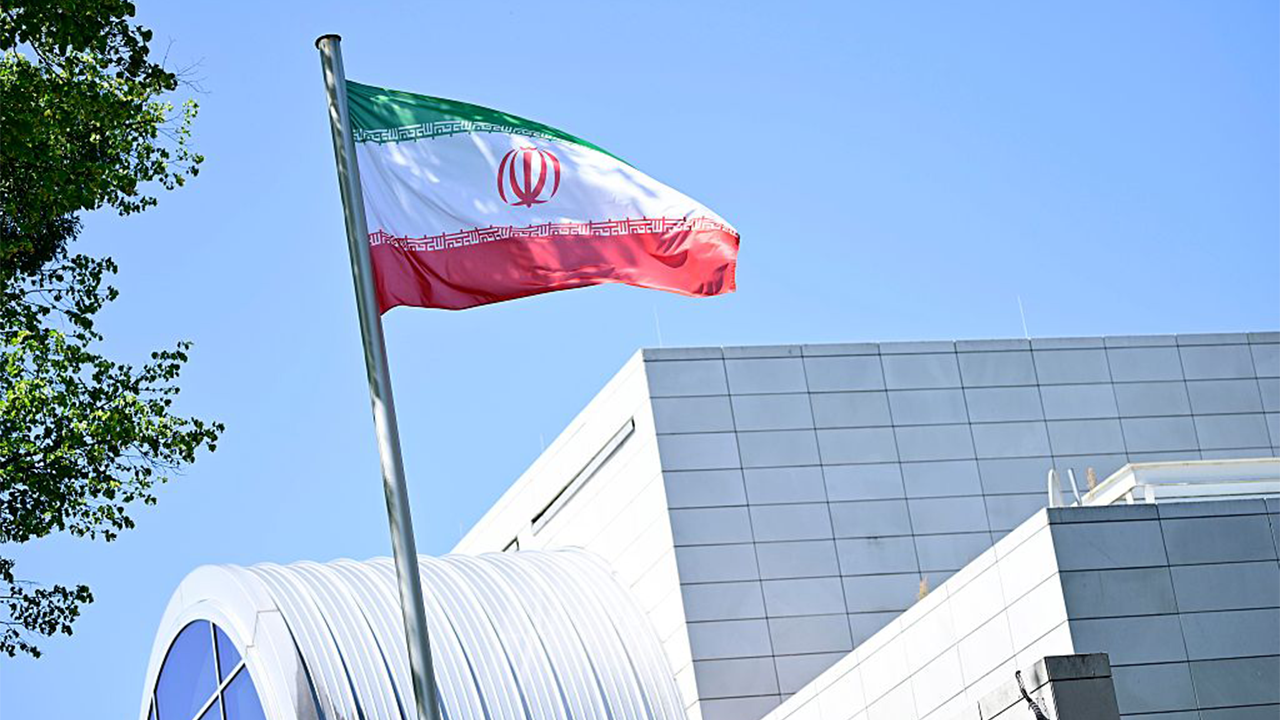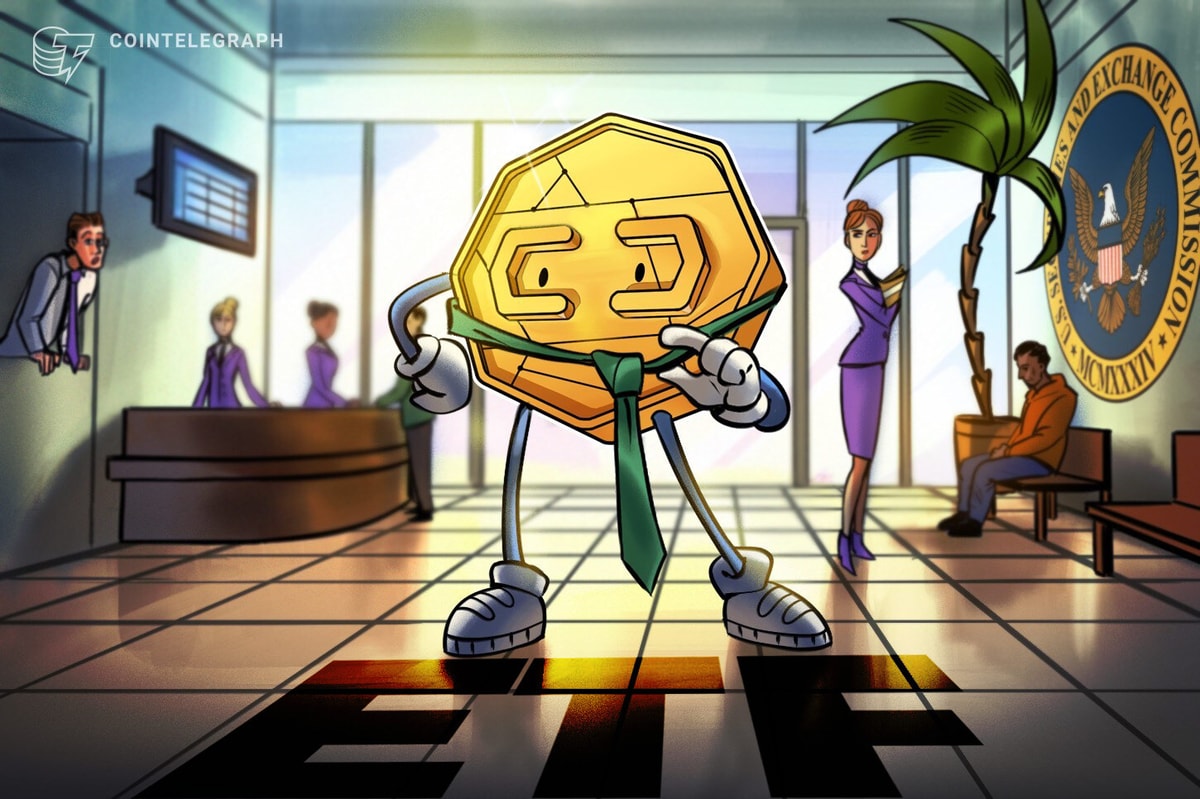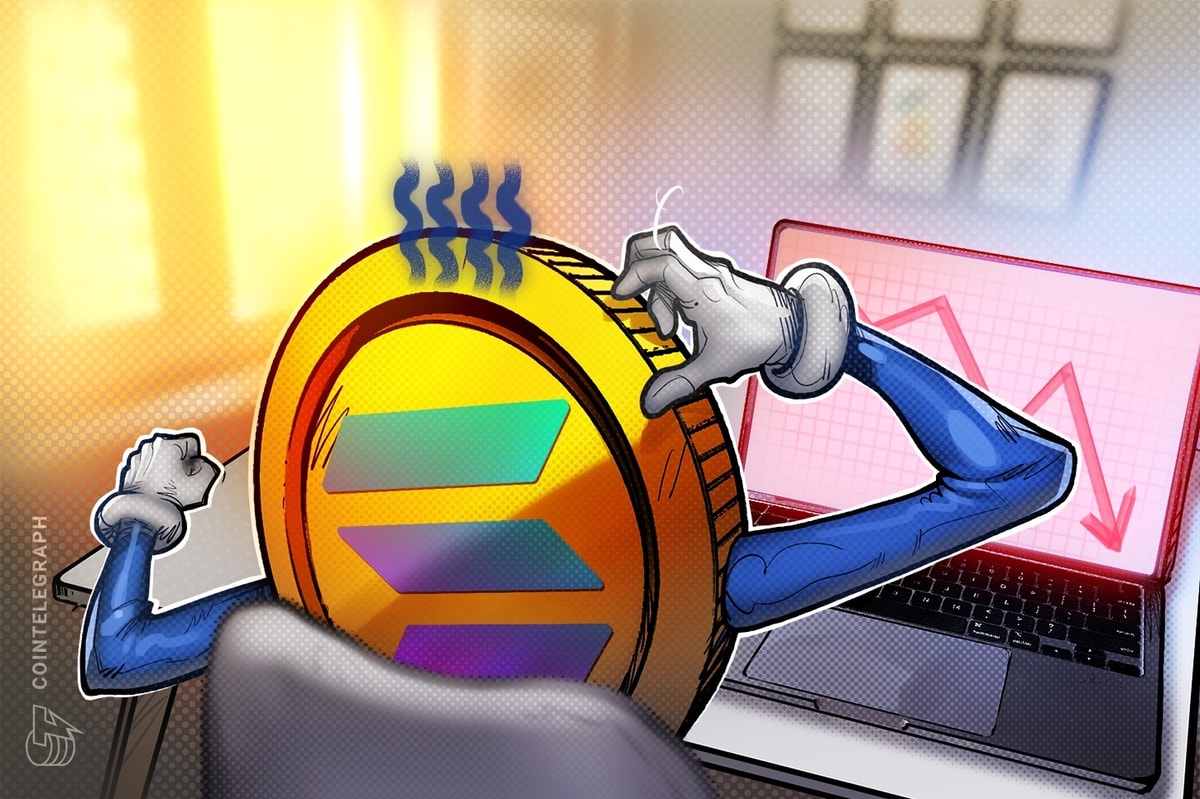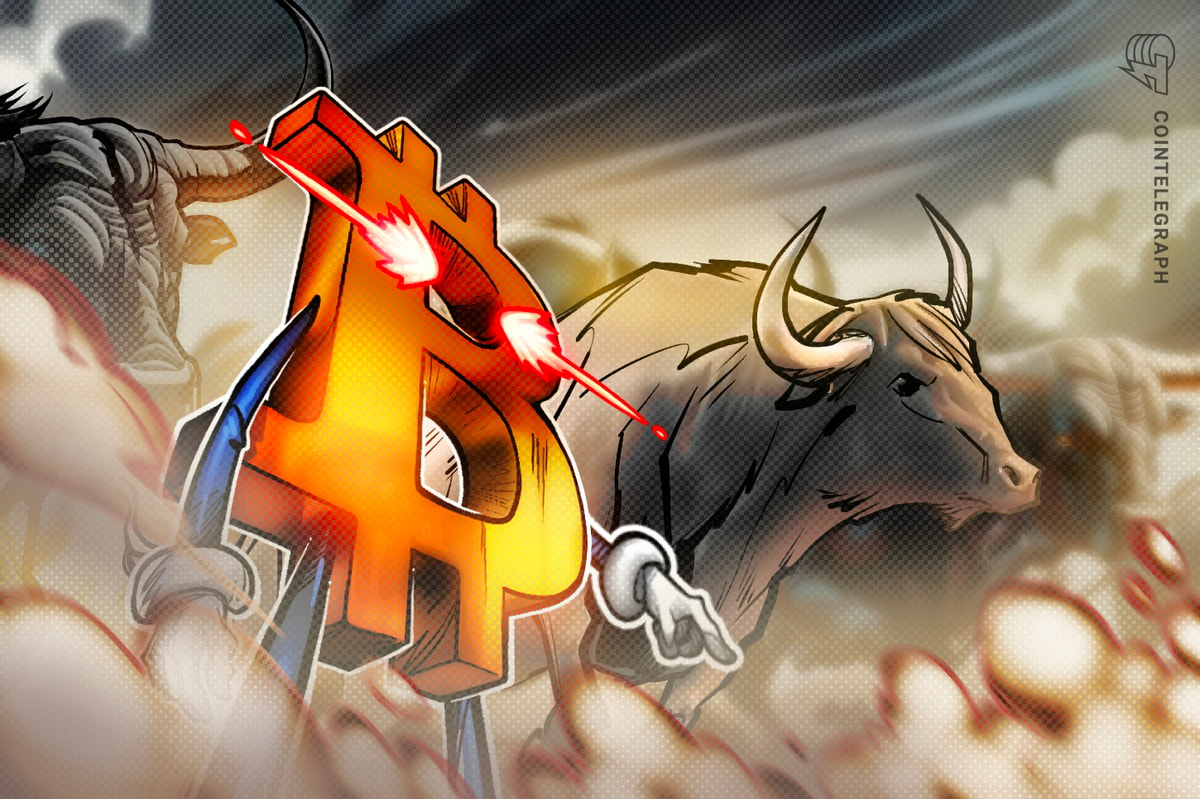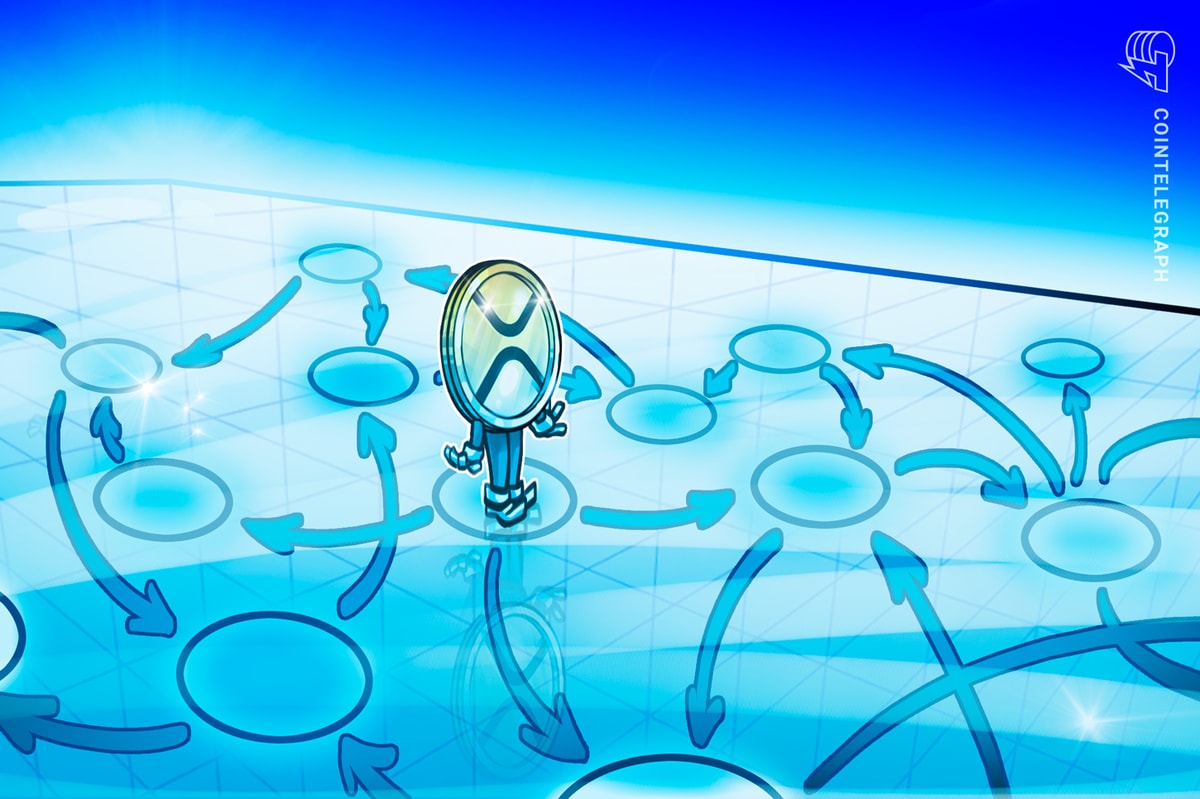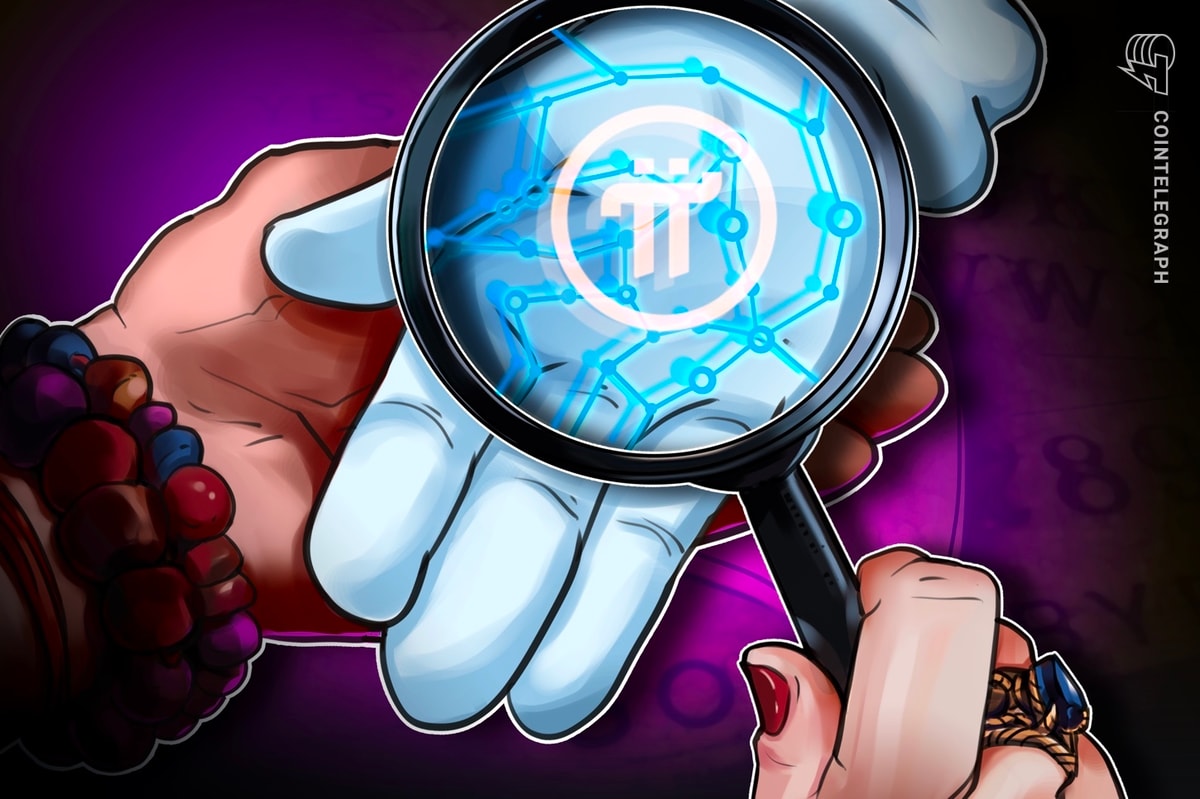Key takeaways:
-
Solana now offers a mobile-first developer toolkit with wallet adapters, transaction helpers and templates.
-
Developers can use React Native to build iOS and Android apps simultaneously.
-
Deep-link wallet connections (e.g., Phantom, Backpack) eliminate the need for custom back-end integrations.
-
Apps can fetch balances, NFTs and even trigger swaps or mints using Solana RPC directly.
-
Open-source tools like Solana Mobile App Kit allow zero-infrastructure deployments.
Building decentralized applications (DApps) used to be complex, especially for mobile. Developers had to juggle back-end services, manage wallet integrations and deal with cross-platform quirks, but in 2025, that’s changed.
With the introduction of the Solana Mobile App Kit, React Native tooling and the SEND Kit ecosystem, it’s now possible to build a Solana-based mobile DApp for iOS and Android in under 15 minutes, without writing a single line of back-end code.
This guide breaks down how to build a mobile DApp that connects to Solana wallets, displays assets, enables basic DeFi actions like token swaps and runs entirely onchain. Let’s explore how it works and why this approach is fast becoming the new standard for Web3 mobile app development.
Why build Solana mobile apps in 2025?
Solana has seen massive developer growth, especially in consumer and DeFi apps. With mobile-first usage on the rise, builders now demand toolkits that streamline wallet connectivity, UI rendering and onchain interactions, without back-end dependencies.
Solana’s mobile tooling is designed to work out of the box with native mobile platforms and doesn’t require bootstrapping custom infrastructure. Developers can focus on features, UX and shipping fast. The Solana Mobile App Kit and React Native integration together provide:
-
Prebuilt wallet adapters and deep link support.
-
Mobile-ready components for NFTs, balances and tokens.
-
Seamless support for iOS and Android with a single codebase.
Whether you are building an NFT marketplace, a DeFi portfolio tracker or even a meme token launcher, Solana’s mobile stack offers speed and flexibility.
Tools needed to build a Solana mobile DApp
Here’s the current stack developers can use to ship fast:
-
React Native: For cross-platform app development.
-
Solana Mobile App Kit: Mobile SDK featuring Solana-native components.
-
Wallet Adapter (React Native): Enables plug-and-play wallet connectivity.
-
SEND Kit: Provides app templates for NFTs, tokens and DeFi use cases.
-
@solana/web3.js: Interfaces with Solana RPC endpoints and handles transactions.
-
Phantom/Backpack Wallets: Mobile wallets supporting deep link integration.
With this stack, developers don’t need to worry about infrastructure, back-end databases or user authentication flows; the wallet takes care of it.
Did you know: Solana App Kit, developed by the Send ecosystem, offers one-command mobile app scaffolding with deep wallet integration, swaps, NFT minting, AI components and over 18 protocol integrations, right out of the box.
Step-by-step guide to building a Solana mobile DApp
Here’s how to do it, step by step:
Step 1: Set up your mobile app project
Start by initializing a new React Native app. You can use Solana AppKit’s CLI tool to scaffold a fully working mobile DApp in one command:
npx start-solana-app
This sets up a cross-platform iOS and Android app with preconfigured Solana wallet support, RPC tools and basic UI components.
Step 2: Integrate wallet login using deep links
Instead of building a login system, integrate with wallets like Phantom and Backpack via deep links using the Wallet Adapter for React Native. This allows users to connect and sign transactions securely via deep links without any back end.
Besides deep linking, Solana also offers a native Mobile Wallet Adapter (MWA) protocol with React Native libraries (@solana-mobile/mobile-wallet-adapter-protocol-web3js) for direct wallet communication.
Step 3: Fetch balances, NFTs and tokens
After wallet connection, use @solana/web3.js to query the user’s account info, including SOL balance, SPL tokens and NFTs. All of this happens on the client side by connecting directly to a Solana RPC endpoint.
Step 4: Trigger onchain actions like swaps or mints
Solana AppKit comes with support for DeFi and NFT protocols like Jupiter, Metaplex and Pump.fun. You can easily let users swap tokens, mint NFTs or launch memecoins via built-in modules that submit transactions through the wallet adapter.
Step 5: Deploy your app to iOS and Android
Use React Native’s toolchain (npx react-native run-ios or run-android) to build and test your app. The Solana Ecosystem Native Development (SEND) Kit offers modular app templates, all designed for rapid customization and deployment, such as:
These templates let developers focus on design and UX while handling blockchain logic under the hood.
Benefits of no-back-end mobile DApps
Building decentralized apps without a back end isn’t just a time-saver; it represents a significant shift in how Web3 apps are architected. The traditional approach relied on centralized services for critical functions like authentication, token metadata and session management. Thanks to wallet adapters and Solana RPC, much of that is no longer necessary.
Let’s break down how this modern architecture compares to the old way of building Web3 apps:
This shift in architecture has several advantages:
-
Faster shipping cycles: With no back end to build, deploy or maintain, teams can launch prototypes or production apps in days, not months.
-
Lower maintenance overhead: No servers means no infrastructure to patch, monitor or scale.
-
Better UX by design: Since wallet login replaces clunky sign-up flows, users can be onboarded with just a tap.
-
Improved security: Backend breaches are off the table. Wallets like Phantom and Backpack ensure private keys and session data never touch centralized servers.
-
True decentralization: Every interaction, whether it’s minting an NFT, swapping tokens, or reading wallet balances, happens fully onchain, without intermediaries.
This mobile-native, no-back-end approach is especially powerful for DApps where fast finality and low fees are a prime requirement.
Did you know: By building for mobile app users, developers can potentially reach over 6 billion mobile users worldwide; that’s the combined audience of iOS and Android, all without needing separate codebases or back-end infrastructure.
How to scale your Solana mobile app
Once your MVP is ready, you can scale your app by:
-
Integrating Solana Pay for in-person or QR-based payments.
-
Adding push notifications for transaction events.
-
Supporting Face ID or biometric security.
-
Using open analytics tools for onchain engagement tracking.
-
Expanding support for additional wallets using Wallet Adapter’s modular setup.
-
Adding dark mode, offline viewing or multilingual support using React Native libraries.
From memecoins to NFT mints and DeFi tools, mobile-first blockchain experiences are becoming the norm. If you’re a developer or startup founder eyeing Web3, now’s the time to go mobile.
This article does not contain investment advice or recommendations. Every investment and trading move involves risk, and readers should conduct their own research when making a decision.
Read the full article here


